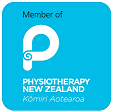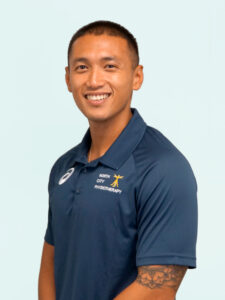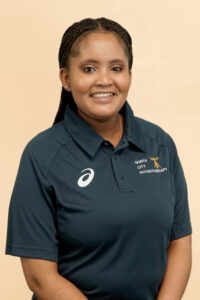
If you have tennis elbow you can experience pain when performing gripping tasks or resisted wrist/finger extension. Pain can also be present when your forearm muscles are stretched. There is probably tenderness directly over the lateral epicondyle, the bony bump on the outside of the elbow, and tender points (trigger points) in the forearm muscles. In some cases you may also experience neck stiffness and tenderness, and possibly also signs of nerve irritation like numbness and tingling. Most elbow movements are pain-free despite the surrounding area being painful.
Who is affected?
You don’t have to be a tennis player to suffer from tennis elbow. It is caused by the repetitive movements and the gripping actions common in tennis hence the term ‘tennis’ elbow. However, it may also occur in other activities requiring repetitive gripping actions. Tennis elbow can therefore stem from daily activities such as using scissors, cutting meat, carrying grocery bags, gardening, manual work that involves repetitive turning or lifting of the wrist, such as plumbing, or bricklaying, and typing.
What can we do?
A history is taken and tests performed. Referred pain from the neck and reduced nerve mobility can mimic tennis elbow. We will check your neck and clear it from any involvement in your elbow pain.
Physiotherapy treatments that can help include:
- Massage therapy to relieve pain and stretch tight muscles and structures
- Manual therapy can mobilise joints in the elbow and around the neck to ensure normal functio
- Taping and braces are beneficial in reducing pain in the elbow and supporting the muscles when you return to sport
- Dry needling can also be effective for pain relief, releasing trigger points in the muscle and promoting tissue healing
- Exercise therapy should be prescribed to strengthen and balance the muscles of the forearm. While stretches help to lengthen tight muscles.












